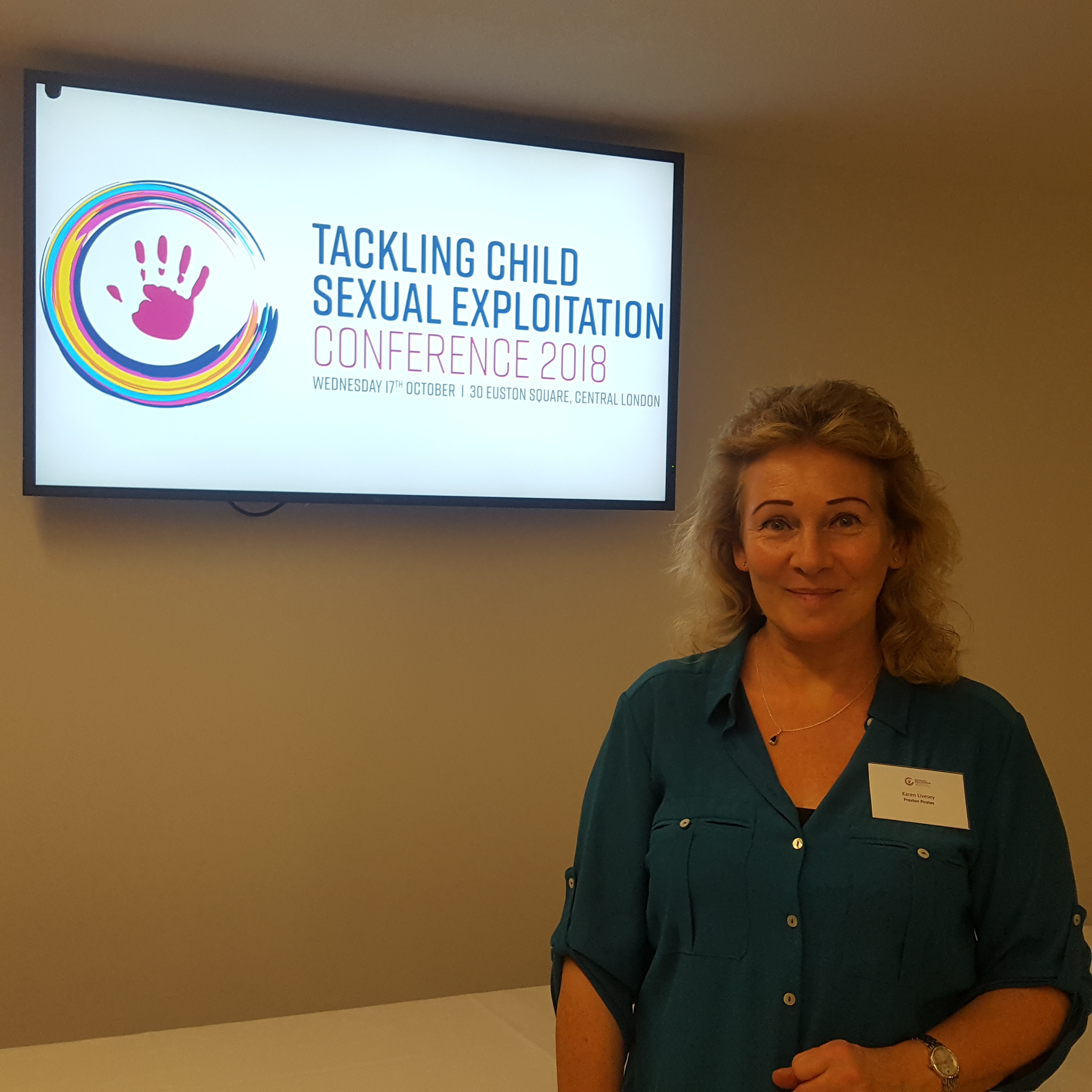For the second year I attended the “Tackling Child Sexual Exploitation Conference” in London at Euston Square and once again it was packed with significant keynote speakers who all raised concerns regarding the increased number of CSE (Child Sexual Exploitation) and CSA (Child Sexual Abuse) and CCA (Child Criminal Activities).
Simon Bailey, Chief Constable – Lead for Child Protection identified online referrals to the National Crime Agency have increased by 700 %. He emphasised the importance of early intervention, prevention as did many other organisations. MP Ann Coffey spoke eloquently about the trust and relationship with the child or young person as a fundamental priority. A view I hold strongly with my Youth and Community and Teacher background and something that is often underestimated in the identification of crimes and the criminal proceedings. The Rights of the Child (soon to be updated I understand with a more Social media context and relevance) and the empowering nature of CSE needs to be a core value. MP Sarah Champion shared a brief history of CSE in Rotherham and the shift in perceptions including the public and police and judges. Sarah highlighted the “Contextual Safeguarding” report which reinforces the importance of others gaining awareness and training e/g sports organisations, park wardens, taxi drivers, hotels and more. Sarah stated the new mandatory Relationships and Sexual Education as the single biggest way of empowering children and building relationship understanding. Clare Bushell from CEOP spoke about indicators of online grooming and warned strongly about parents allowing their children to access the internet freely, unsupervised and able to talk to strangers.
Jon Brown from NSPCC emphasised the need for a culture change at Local and Government level as did Jason Hen Detective Inspector from Essex who spoke strongly about the need to change attitudes and values as part of a change in culture. Kenny Gibson from the National Head of Safeguarding called for the need to grasp a “social movement”and how the CSE and CSA footprint of Safeguarding should be bigger. Clearly there was inter-relations between County lines, Trafficking and Exploitation. At times the sexual exploitation was only part of the criminal activity as further gains from drug dealing were the intended financial goals.
Emma Soutar from the University of Kent emphasised the value of interactive simulations as research shows when people interact they retain more information and develop critical thinking. This is an important message towards a culture change as I believe a social pedagogy approach is fundamental to engaging, empowering and motivating people to change their views about CSE and CSA and begin to remove the covert approach Society has towards abuse. Gill Gibson from PACE (Parents Against Child Exploitation) emphasised the need for preventative work and a move to articulated early intervention. Colin Paine from Thames Valley Police gave an example of how complex the network of perpetrators can be and he raised the issue of potential for harm if a wrong decision is made. Eileen Welch shared the “Superhero” Resource Tool which can be used by anyone – here the CSE stands for “Consider the Signs and Explore”. An interesting shift and concept that may appeal and attract whilst still addressing CSE issues. Julie Sykes spoke about the samantha sykes charity, named in memory of her daughter who was trying to help another young person in need of protection from CSE. Ewen Weir – Director of Adult Services talked about an example of good practice in the creation of a multi-agency Hub and his concern over historic abuse cases and the need for key partners to engage.
Amanda Naylor – Chair of the event and UK lead on Child Sex Abuse from Barnardo’s summarised the main point from the day and reiterated the importance of creating a safe space for children. She also reminded the audience of the initial questions she raised at the beginning of the day; what are the longitudinal outcomes for children that have been abused? who is missing? – Children who identify as LGBTQ, Children with disabilities, Under 10’s, Boys and with regards to Prevention what do we need to do differently?
I ask you for to think and consider in your area of work and the community you live in …. what can we do differently?

